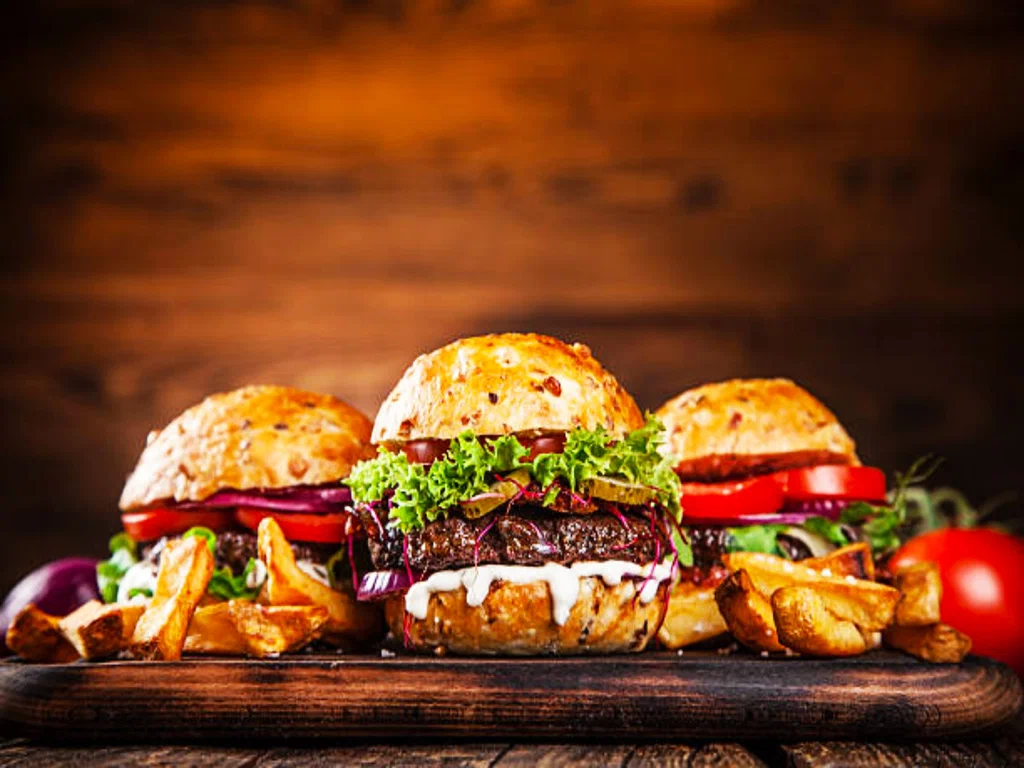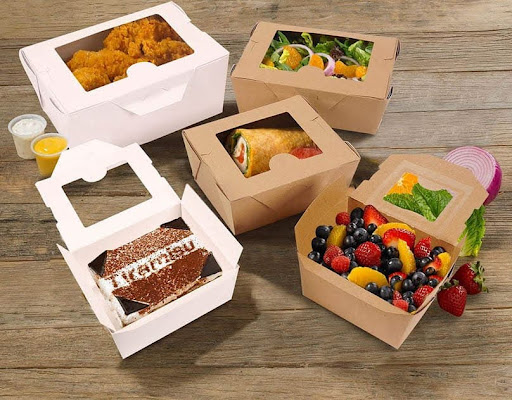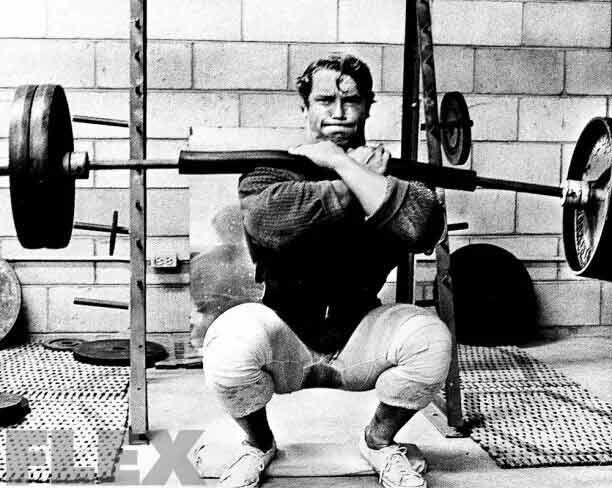Burgers and kebabs have become more than just quick bites. Whether you’re sitting in an affordable burger cafe with mates or picking up a late-night kebab after a long day, there’s something special about these classic dishes when they’re done properly. To get to the heart of what makes them stand out, we sat down with our chef and asked for some real insights — no shortcuts, just honest food talk.
In this blog, we’ll look closely at all the elements that make a burger or kebab truly great — from the choice of meat to the way it’s cooked, right through to the toppings and how it’s served.
The Foundations: It All Starts with the Meat
According to our chef, both burgers and kebabs begin with one key element — the meat.
For a great burger, the quality of the beef is everything. Our chef recommends using cuts with a decent fat content, like chuck or brisket. Why? Because fat means flavour. A burger patty that’s too lean ends up dry and crumbly. On the other hand, the right balance (usually about 80% meat and 20% fat) gives you a juicy bite that holds together well on the grill. Freshly minced beef is always best — frozen or overly processed meat simply doesn’t have the same texture.
When it comes to kebabs, the choice is just as important but slightly different. Many of the best kebab cafes in the UK use lamb, chicken or even beef, depending on the style. Our chef explains that marinating is the game-changer here. A good marinade softens the meat, boosts flavour, and locks in moisture. Ingredients like yoghurt, lemon juice, garlic, cumin, and paprika are common favourites in traditional kebabs. For shish kebabs, chunks of tender lamb or chicken skewered and grilled over open flames make all the difference.
Don’t Forget the Bun and the Bread
It’s not just about the filling. What holds everything together is just as important.
A burger is only as good as the bun it sits in. A soft brioche bun is a popular choice these days, but a classic white bap or seeded roll works just as well in many affordable burger cafes. The bun needs to be soft enough to bite through easily but sturdy enough not to fall apart halfway through eating. Light toasting can add extra flavour and helps keep the sauce from soaking through.
For kebabs, fresh naan, pitta, or flatbread is key. Our chef says the best kebabs are wrapped in bread that’s warm, slightly charred, and soft enough to fold around the filling without cracking. Turkish-style lavash or Middle Eastern flatbreads often appear in quality kebab cafes around Britain. Freshly made bread always lifts the whole meal.
Cooking Techniques Matter
The way you cook the meat is just as crucial as how you season it.
For burgers, our chef says grilling over charcoal or on a hot griddle pan is ideal. You want a good sear on the outside, locking in juices, while keeping the middle tender. Pressing down too hard with a spatula is a big mistake — it pushes all the juices out and leaves the patty dry. For those who like a pink centre, cooking to medium or medium-well usually gives the best texture and flavour.
With kebabs, grilling is still key, but it’s often done over open flames or on skewers. Our chef explains that the slight charring you get from this method adds a smoky depth that oven-cooked kebabs simply can’t match. Rotisserie-cooked doner kebabs are also popular in the best kebab cafes, where slow turning allows the fat to baste the meat constantly, keeping it juicy.
Sauces and Seasonings
A burger without sauce can feel a bit bare. The classic combo of ketchup, mustard and mayonnaise is still a winner in many affordable burger cafe, but our chef says homemade options like burger sauce (a mix of mayo, pickles, mustard and spices) add a fresh twist. Don’t forget to season the patty itself properly — salt and pepper are simple but essential.
For kebabs, sauces like garlic mayo, chilli sauce, mint yoghurt, and tahini bring richness and spice. Our chef reminds us that balance is important — you don’t want to drown the meat. A drizzle of sauce should enhance, not overpower, the flavours of the grilled meat and fresh salad inside.
Toppings and Extras
This is where both dishes can really shine.
Burgers benefit from crunchy lettuce, sliced tomatoes, pickles, and a slice of cheese. Red onion can add bite, while grilled mushrooms or fried egg are tasty additions if you want something heartier. The secret, says our chef, is to layer everything evenly so every bite gets a mix of textures and flavours.
With kebabs, fresh salad is almost non-negotiable. Crisp lettuce, red cabbage, onions, cucumber and tomatoes give crunch and freshness. Some of the best kebab cafes also add a sprinkle of sumac or a squeeze of lemon to brighten things up. Don’t forget about extras like grilled peppers, olives, or even feta — they can take your kebab to the next level.
Freshness and Balance
One thing our chef kept repeating was balance. A great burger or kebab isn’t about loading it with everything you can find; it’s about combining ingredients that work together. Freshness plays a huge part. Wilted lettuce or stale bread ruins the whole thing. This is why many affordable burger cafes take care to prep ingredients daily and serve food as freshly as possible.
Portion and Presentation
Nobody wants a burger or kebab that falls apart the second you bite into it. The chef says stacking ingredients thoughtfully makes a big difference. For burgers, putting lettuce under the patty helps keep the bun from getting soggy. For kebabs, rolling tightly and tucking in the ends keeps fillings inside.
Portion size also matters. A burger or kebab should be filling but not so large that you can’t handle it. It’s about walking the line between satisfying and manageable.
The Social Element
Finally, it’s worth saying that burgers and kebabs aren’t just food — they’re part of British food culture. Whether it’s a weekend lunch at an affordable burger cafe, a late-night stop at the best kebab cafe, or a barbecue with mates, these dishes bring people together. That’s part of their charm — they’re simple, hearty and social.
Final Thoughts
From the choice of meat and bread to the sauces, toppings, and cooking methods, many small details come together to make a great burger or kebab. As our chef says, it’s all about balance, freshness, and good ingredients. So next time you tuck into one — whether at home or in a favourite spot — you’ll know exactly what to look for.








